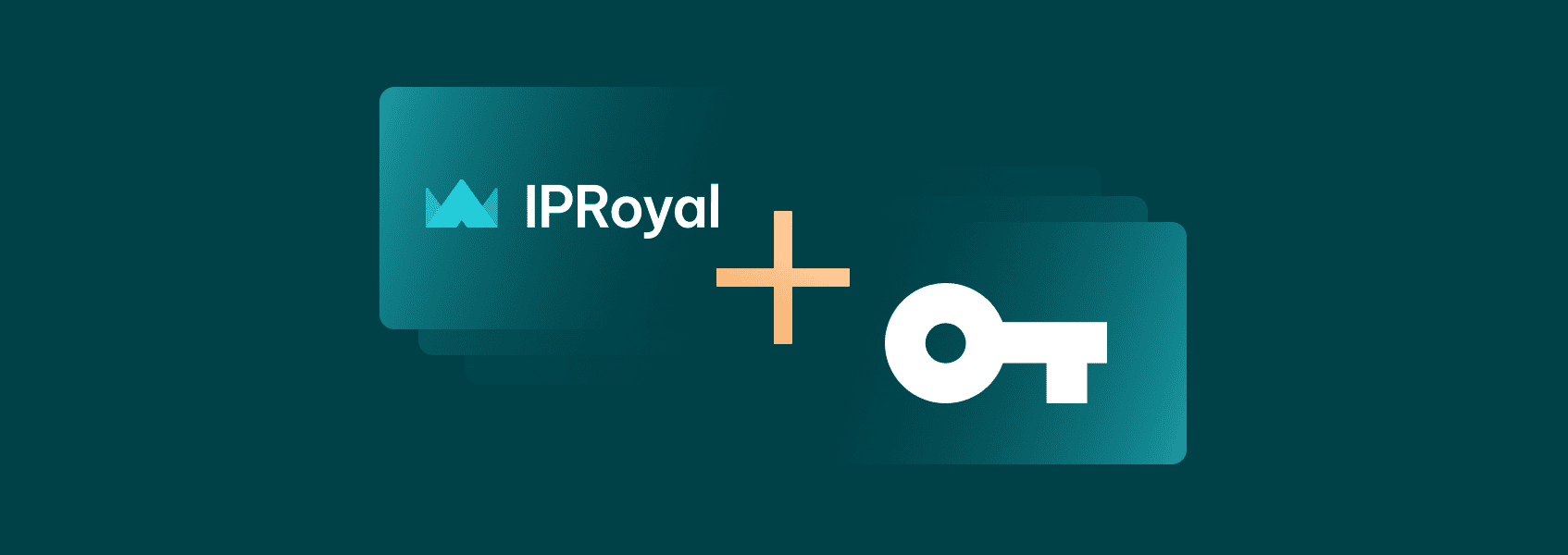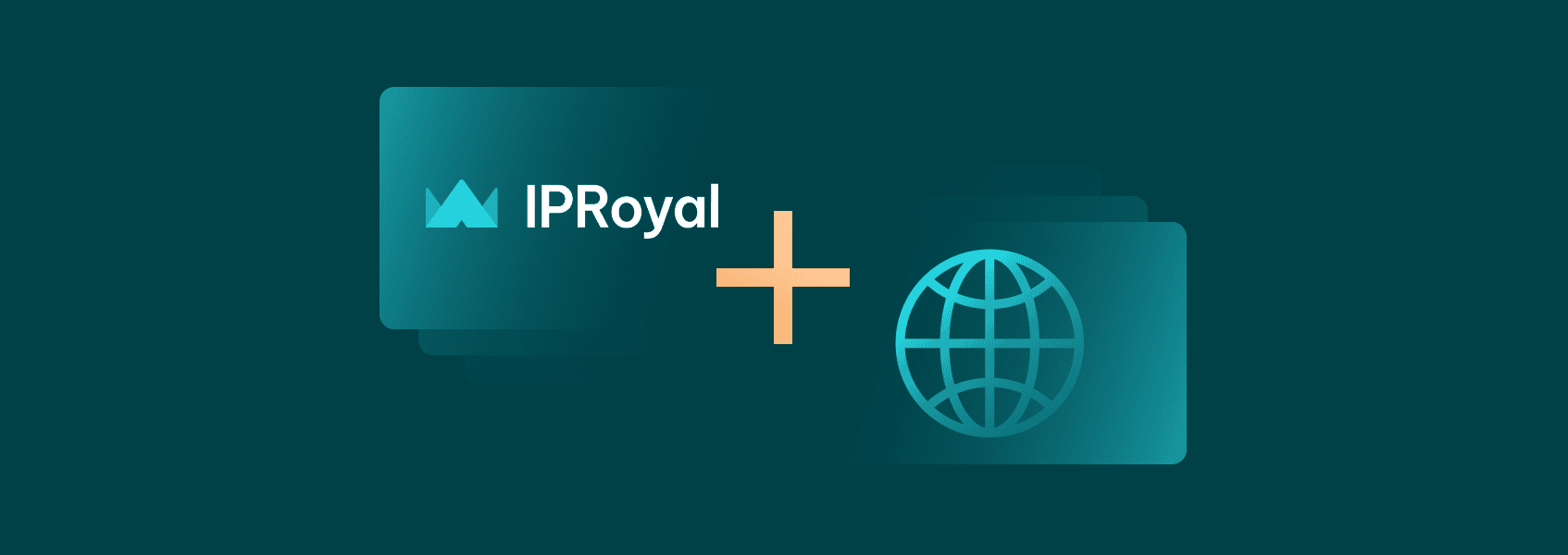Securing Your Inbox: A Guide to Gmail Proxies
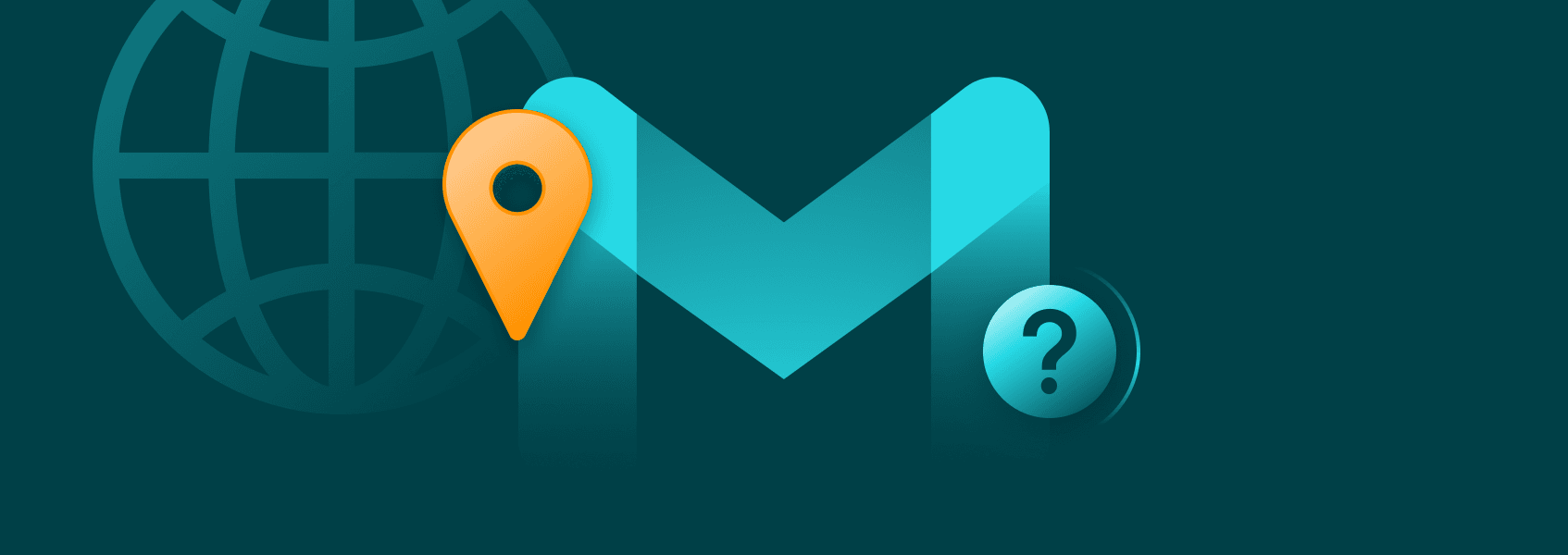

Milena Popova
Last updated -
In This Article
In the world of email communication, Gmail stands as one of the most popular and widely used email services worldwide. But as users seek enhanced privacy, security, and scalability in their email management, the integration of Gmail proxies has become essential.
These proxies allow you to use the potential of Gmail to the full by providing you with added control and anonymity, whether for marketing, data extraction, or privacy protection. However, not all proxies qualify as Gmail proxies.
What Are Gmail Proxies?
To understand Gmail proxies, you first need to know what proxies are in general. A proxy is an intermediary server between you and the websites or services you access. It carries its own IP address, keeping your actual IP hidden from the destination server.
Just like standard or email proxies, proxy servers for Gmail connect you to the email service via their own IP address. They let you access and use the service anonymously from anywhere in the world.
However, not all proxies are compatible with Gmail. Google has a strict anti-spam system that can quickly detect proxies, and since it considers proxy users deceptive, it blocks them immediately. For that reason, Gmail proxies are proxy servers that can be used for Gmail without being noticed and blocked.
They are highly anonymous proxies that don’t identify themselves as proxy servers. IPRoyal’s residential proxies are ideal for this job. They are highly trustworthy because they use IP addresses associated with real residential users. This makes them less likely to be detected and banned.
They also offer a wide geographic range of IPs (195 countries with country, city, and state-level targeting), which can be valuable for various use cases, including bypassing geo-restrictions and performing geographically targeted tasks.
Why Use Proxies for Gmail
There are many reasons why someone would use proxies for Gmail. After all, they enhance your privacy, security, and functionality when accessing the email service. Here are some of the most common reasons individuals and businesses might consider using our Gmail proxies:
- Anonymity and privacy
Gmail uses cookies to track your online activity so it can profit by selling it to ad companies and agencies. It’s how you see all those targeted ads from Google. By routing your Gmail traffic through a proxy server, you can make it more difficult for Gmail to trace your online activities back to you. In other words, you’re keeping your online behavior to yourself.
- Unrestricted access from Gmail-banned countries
Some regions or countries like China, Cuba, and North Korea block access to Gmail. If you want to create a Gmail account and use the service from any of these locations or regain access to your existing account when traveling to these countries, IPRoyal’s proxies can help. Using a proxy in a supported country can help you access Gmail as if you’re in a different region.
- Unrestricted access from locations where Gmail is banned
Some networks can have restrictions or blocks in place that limit access to Gmail. This can happen at certain workplaces, schools, or other institutions. Proxies will help you circumvent these location-based restrictions and access your Gmail account without getting detected, monitored, or penalized.
- Mass-creating Gmail accounts
Creating numerous Gmail accounts in a short time can get you flagged for suspicious activity. So, if you’re using an automation bot for this job, you must use proxies. This way, your bot will create all those accounts via different IP addresses, keeping itself under Gmail’s radar and avoiding detections and bans.
- Efficient email verification and marketing
Email marketers often use proxies to verify email lists or send marketing emails. Proxies help create and manage multiple Gmail accounts or send bulk emails without triggering security measures or encountering restrictions.
- Efficient data scraping and automation
Proxies are often used for web scraping and automation of email-related tasks. They enable users to extract data from Gmail or interact with Gmail accounts in an automated manner without revealing their real IP addresses.
- Enhanced security
By routing your Gmail traffic through a proxy, you can make it more challenging for unauthorized users to access your accounts. This can help protect them against hacking attempts and unauthorized access.
How to Use IPRoyal Proxies With Gmail
The correct way to set up proxies for Gmail depends on how you plan to access the platform. Since Gmail does not have any built-in proxy configuration options, you will have to take care of it on your end. There are three different approaches to using proxies with Gmail:
- Application level
In this scenario, you would configure your proxies in your browser, automation software, email client, or any other application you want to use with Gmail. All other traffic would not go through a proxy.
- System level
In this case, you would configure your proxies in the operating system. A proxy would handle all incoming and outgoing traffic on the device, not just your communication with Gmail.
- Provider level settings
Finally, you can whitelist your IP address in your proxy provider’s settings so all traffic made from a specific IP address goes through a proxy. This option is useful in case your device or application does not support any advanced options.
IPRoyal’s residential proxies are highly customizable and support all these scenarios. You can choose your proxy server’s location, protocol (HTTP/HTTPS or SOCKS5 ), session duration, generate multiple sessions, and more.
To start, visit the IPRoyal dashboard and configure your proxies. We’ll use proxies from Amsterdam, Netherlands, with HTTP/HTTPS and sticky sessions that last 12 hours.
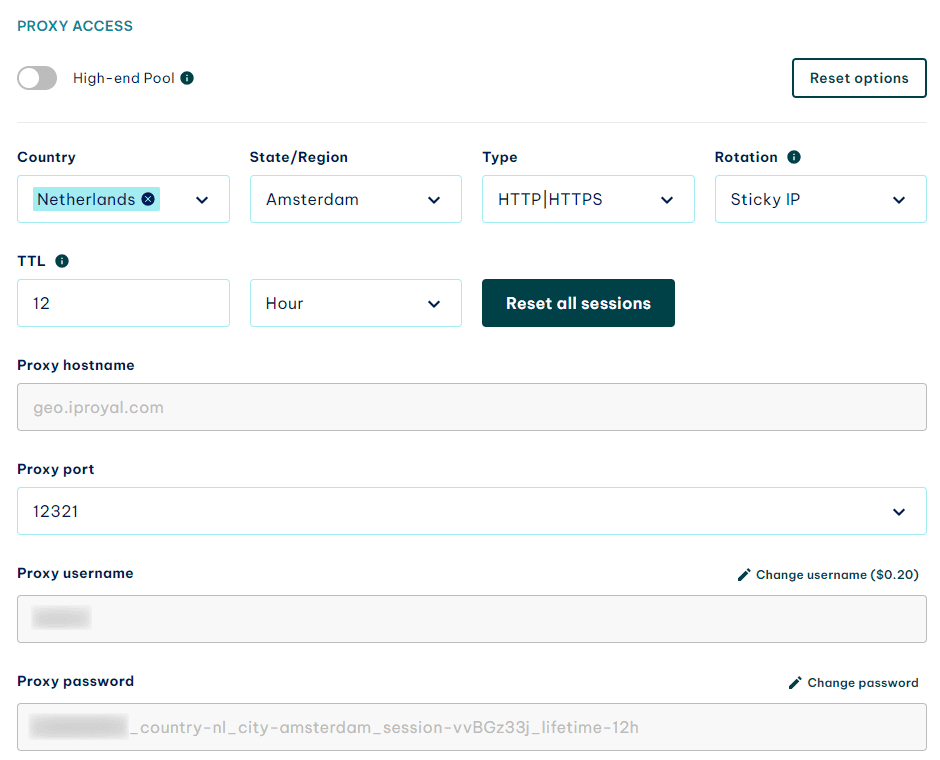
Application-level Configuration
Using proxies with a specific application is the most efficient way to access Gmail with proxies. As an example, we’ll use a browser and our Proxy Manager extension (available for Google Chrome and Mozilla Firefox ).
Once you download the extension for your browser, it’s time to configure it. Open the configuration page and click the Get Started button.
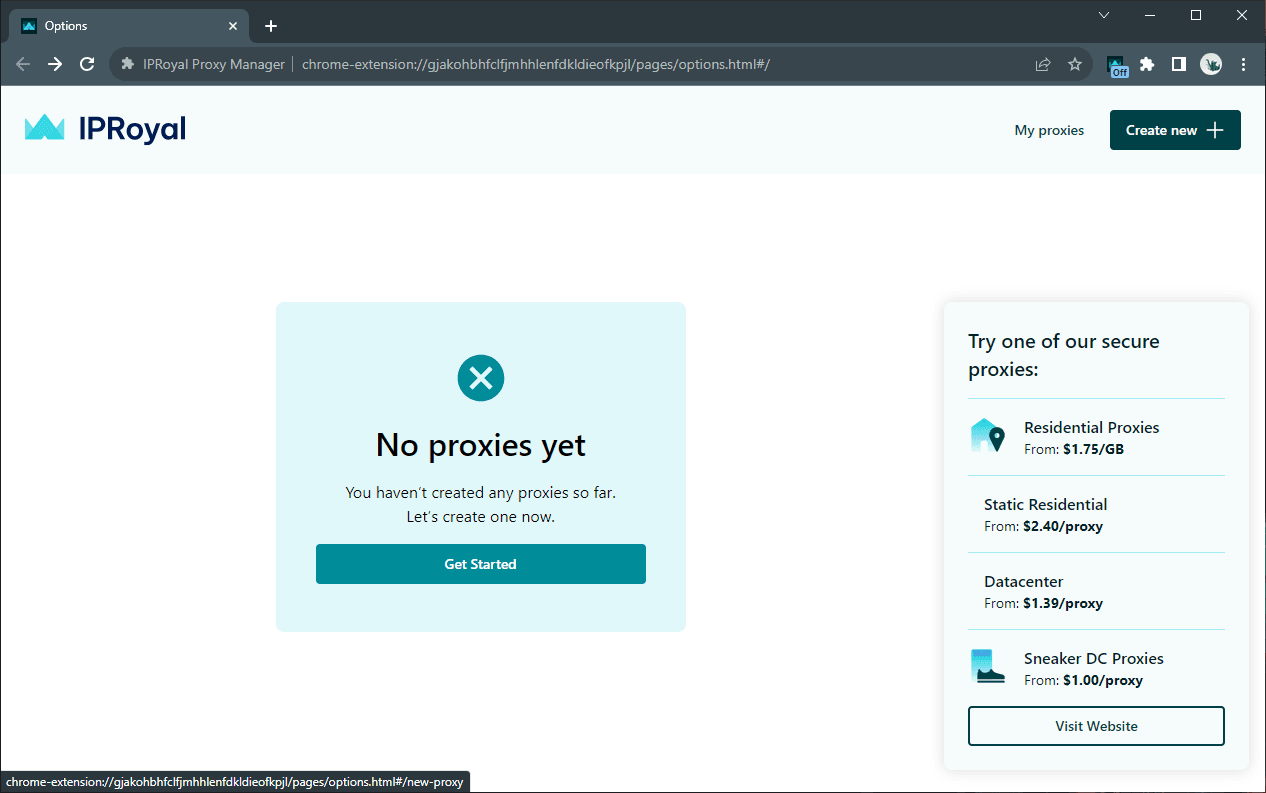
Select Single Proxy from the available options and click Next . Name your profile and copy the credentials (hostname, port, username, and password) from IPRoyal. Click Save .

Close the extension configuration page. To start using your proxies, click the extension icon and select your newly created proxy profile.
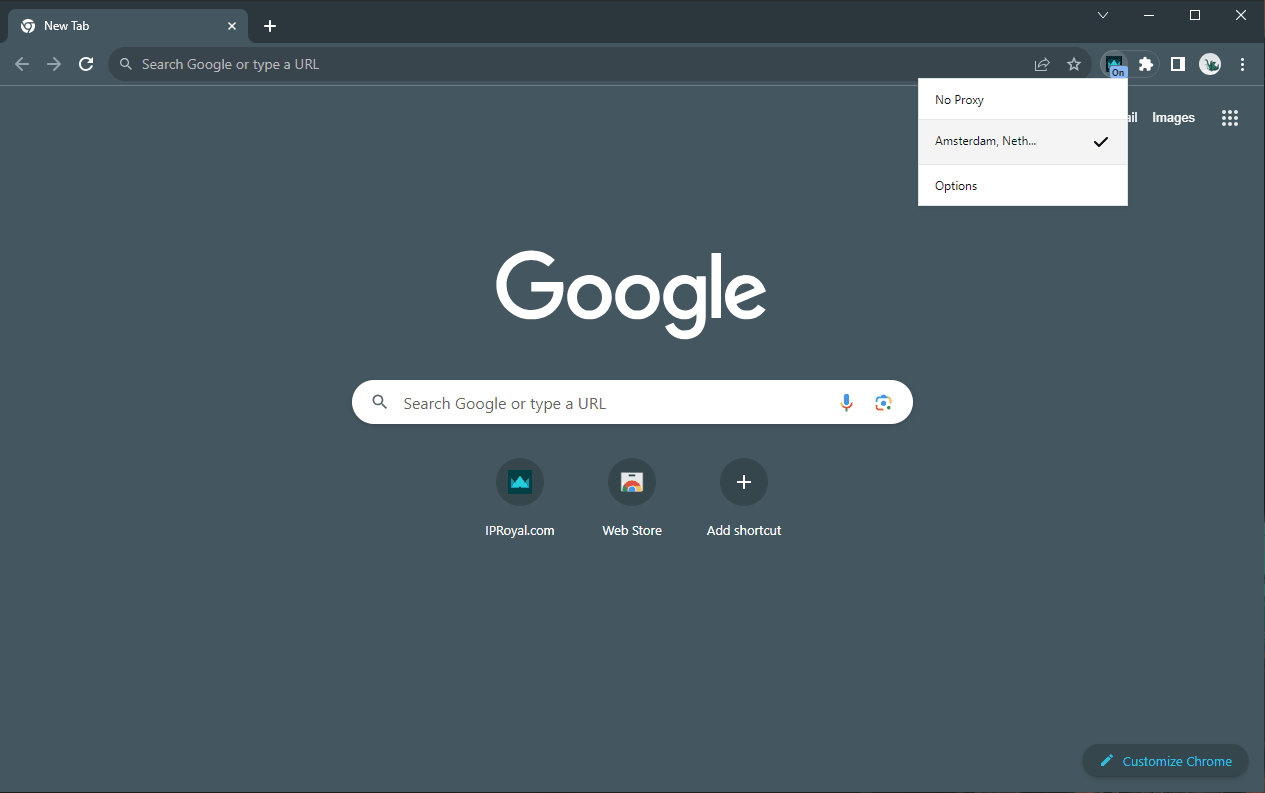
As long as your profile is active, the proxy will handle all traffic for this browser.
System-level Configuration
Configuring your proxy on the device level (or operating system level) depends on the device.
In Windows:
- Search for “proxy” in the search bar
- Click on Proxy settings in the search results
- Turn off automatic settings detection
- Scroll down to Manual proxy setup
- Tick the box below the Use a proxy server option
- Type in your proxy’s IP address and port
- Set up any exceptions as needed
- Click the Save button.
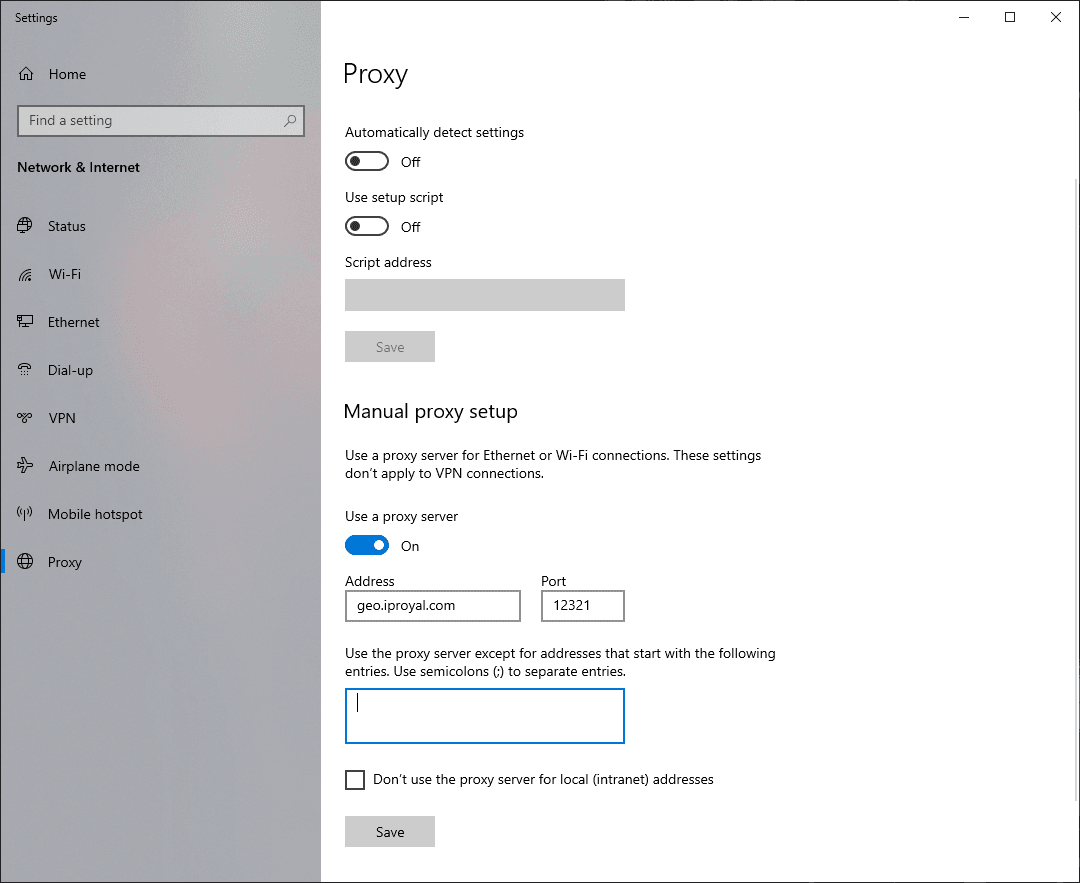
Note: This option will only work if you use proxies that don’t require authentication (username and password) or if you configure IP whitelisting.
The procedure is very similar for Android and iOS devices .
Provider-level Configuration
Finally, if your configuration options are limited, you can use IP whitelisting. Creating a list of authorized IPs ensures that all traffic requests from these IPs go through a proxy. This approach restricts access to authorized users and devices without the need to share usernames and passwords.
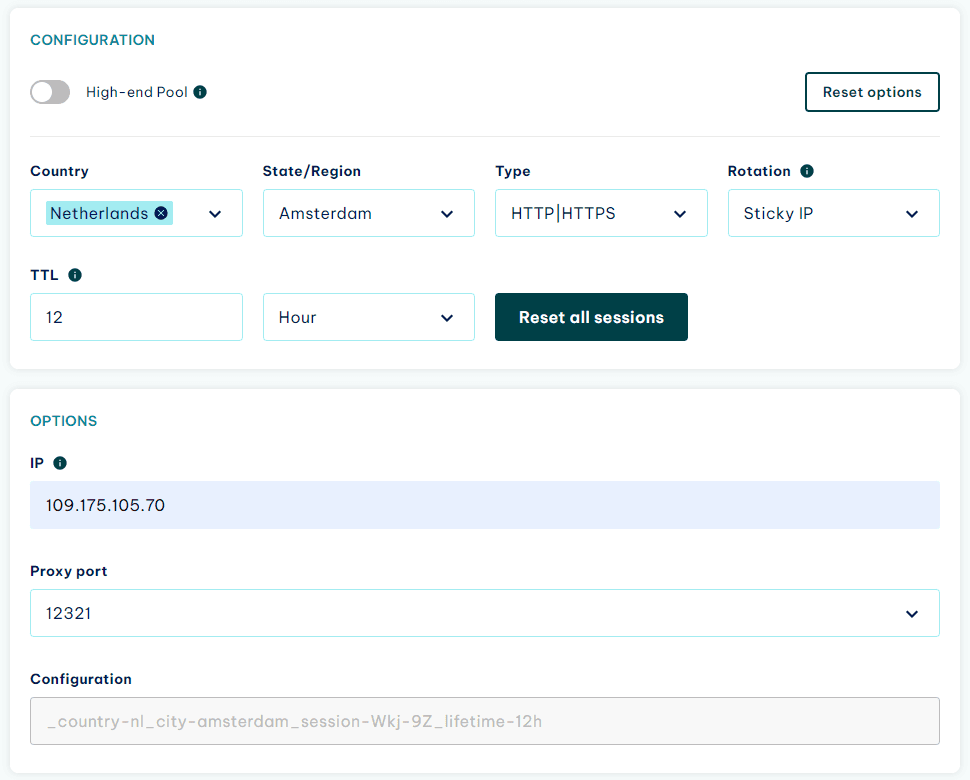
Congratulations, you can now use your Gmail proxies!
Final Thoughts
Whether you’re interested in automated account creation or just want to unblock Gmail while abroad, proxies offer an ideal solution. Not all proxies are the same, however. To avoid bans, blocks, and other limitations, make sure you’re using authentic proxies from a reliable provider.
FAQ
Why do I need proxies for Gmail?
Using proxies with Gmail offers enhanced privacy, security, and functionality. They enable safe and efficient mass account creation, data scraping, bypassing geo-restrictions, and more.
Which proxies are best for Gmail?
Residential proxies are by far the best option as long as you get them from a reliable provider. An authentic residential proxy comes from a genuine device with residential internet access. Since Gmail (and any other online platform) “sees” it as just another internet user, you don’t have to worry about detection.
Can I use mobile Gmail proxies?
You can use proxies on mobile devices to route your Gmail app traffic. Depending on your preferences, you can use application or system-level configuration on your phone or tablet, as described above.

Author
Milena Popova
Content Writer
With nine years of writing experience, Milena delivers exceptional content that informs and entertains readers. She is known for her reliability, efficiency, and cooperative nature, making her a valuable team player. Milena’s passion for IT and proxy networks fuels her content creation, ensuring accessibility for all. Outside of work, you’ll find her reading a good book or keeping up with the ever-evolving world of IT.
Learn more about Milena Popova
